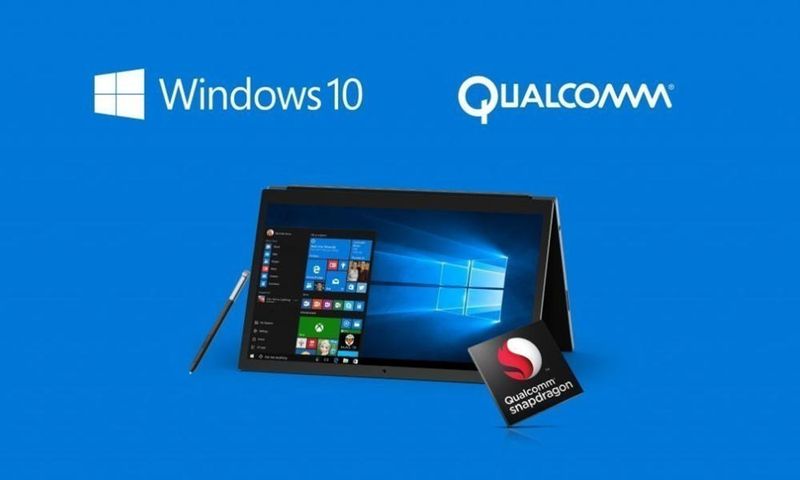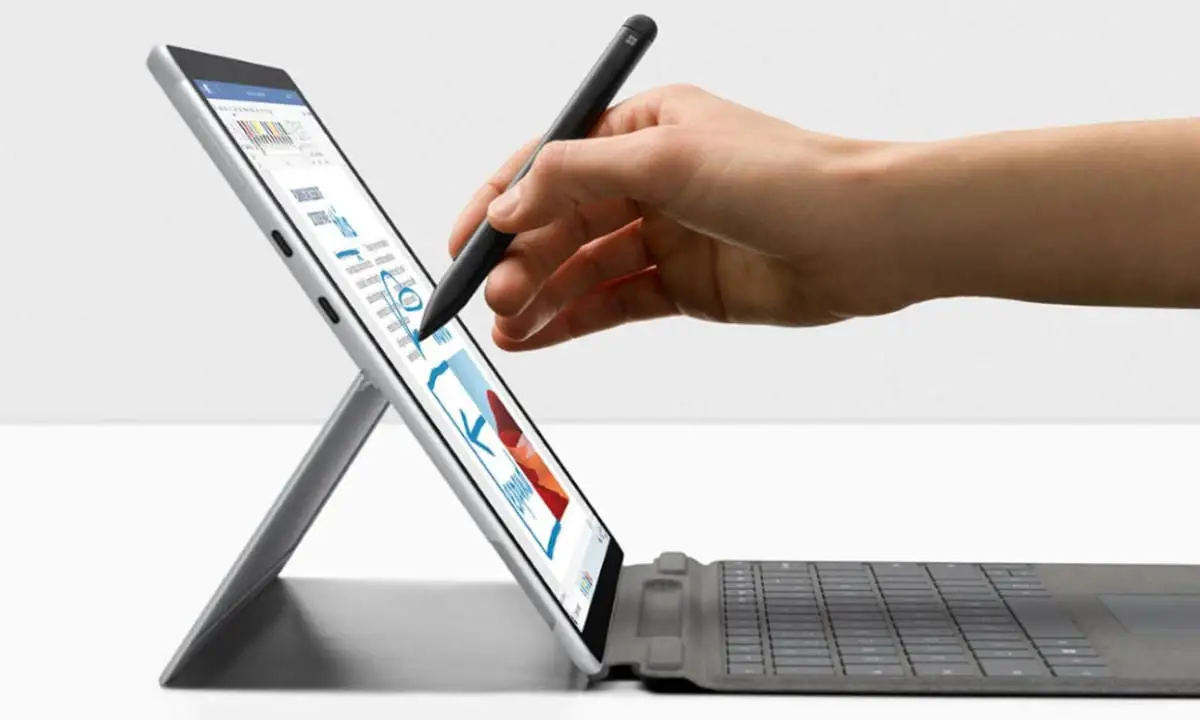Adobe has announced the release of the native version of Photoshop for Windows 10 on ARM, the Windows 10 variant that Microsoft developed together with Qualcomm with a special focus on slowing down the sale of Chromebooks.
Photoshop has become a de facto standard for image editing and retouching tasks. Although there are alternatives as in any type of software (some as good, free, and open-source as Gimp), there is no doubt that Adobe’s software is a great reference, especially for the professional market. Photoshop is also a reference to evaluate the capacity of new platforms coming to the market, such as the Apple Mac M1 for which Adobe has already released the corresponding native version.
Photoshop had already been running on Microsoft ARM-based devices for some time, but only indirectly, under the emulation feature created to run Win32 applications and allowing some programs from Adobe’s Creative Cloud suite to run. Considering that Photoshop requires quite a lot of hardware resources and that any emulation process leads to performance loss, you can imagine that the user experience was not the best.
The inability to run Win32 applications (absolutely majority in the Windows ecosystem) has been the main responsible for the fact that Windows 10 on ARM has passed by without a trace. Rumor has it that this problem was also responsible for the delay (or cancellation, we’ll see) of the launch of Windows 10X.
Photoshop for Windows 10 on ARM
Hence the importance of this release. One of the great (de facto) standards in software arrives natively on the platform. The application is 64-bit and requires ARM devices (such as Microsoft’s Surface X) with Windows 10 64-bit v19041.488.0 (Win10 20H1) or higher and a minimum capacity of 8GB of RAM (16GB recommended).
Adobe cautions that if you plan to use other 32-bit Creative Cloud products such as Illustrator, you should not use this native 64-bit Photoshop, as you will lose access to all those other Creative Cloud suite apps that are not yet natively available for Windows 10 on ARM.

The native version of Photoshop for Windows 10 on ARM also has other limitations in terms of features, support for embedded video layers, or some filters. Adobe promises that it will continue to work to offer all the features it offers in the regular version of Windows 10 for x86 processors, but has not set a specific timetable.
We’ll see if other major vendors are encouraged to produce native applications for Windows on ARM and if Microsoft can improve the emulation process to run the rest of the software with guarantees. Both options are complicated, and without them, it is logical that user reception to this platform has been lukewarm… to put it mildly.
Software support remains the big workhorse of Windows 10 on ARM. Interestingly, the arrival of Apple’s ambitious project with Silicon, which does seem to have attracted more external developers, may end up helping any system working under this RISC architecture that is taking mobility by storm and is also making a strong entry into PCs.





